World Fine Art Professionals and their Key-Pieces, 386 - Marie Luc Grall
World Fine Art Professionals and their Key-Pieces, 386 – Marie Luc Grall
Marie Luc Grall tries to give shape in her work to the elusive, something bigger than herself. She is also inspired by poetry. And especially French poetry.
I am visiting Marie Luc Grall in her studio / home in the Frederik Hendrik neighbourhood in Amsterdam. Her paintings hang on the walls. Marie Luc’s Breton roots can be seen: Brittany can be recognized in various works, in particular the rocks on the coast and the surf of the sea. In other works you see the organic forms of the body.
Two tracks
Language and literature are also important to her. She studied Lettres Modernes at the University of Brest and at the same time she was an art student at the École des Beaux-Arts. Love, however, brought her to Amsterdam.
In Amsterdam she continued to follow the two tracks: that of written language and literature and that of the visual arts. She sees many common elements between poetry and visual art. Marie Luc: “Poetry – just like visual art – expresses itself fragmentarily. I see every painting as a poem. Like a poem, a painting is not unambiguous. You don’t immediately see the message. Poems and paintings have no end in themselves. They exist to accomplish something else. They reach for the ‘elusive’. And it’s up to the viewer to see that, sometimes that doesn’t happen right away. It needs time. And when it happens, the outcome may be different at a later point in a person’s life.
The magic of art
Poets strive for the same in their poetry. By means of words, sounds, associations and symbols they evoke an inner reality, which the reader can allow to penetrate. Marie Luc: “I don’t want an anecdotal reading of a work. The magic of art is that it makes it possible to create something that would otherwise remain invisible. What is that? Emotions, traces of reality. Everyone interprets it in his or her own way. You read a poem and you make it your own. This is how I would like it to happen with my work: a dialogue between the work and the viewer. There is first an emotion that touches you, and then you move on as a viewer. The work now lives its own life. The artist’s job is over.”
To achieve this she uses lines and colors. She often uses chalk. The hardness of chalk emphasizes the personal movements of the hand, the pressure of the hand on the paper, the handwriting and thus also evokes the sense of touch. The lines are traces of the moment of drawing, of the emotions that are then present. It is not a conventional representation of the outside world. Instead of a smooth image, she creates a ‘distorted image’ to challenge the viewer…”
Inspiration
Which artists and writers have inspired her? As for the visual artists, she mentions: El Greco, Goya, Tàpies (the early), Titus-Carmel, Fautrier (Les Otages) and Cy Twombly. “Twombly drew and painted words and texts in his works. They are beautiful canvases. Sometimes I also start a work by writing words or sentences, but usually I paint more or less over it. Hide and show at the same time. In the same movement.” Of the Dutch contemporary artists she mentions Toon Verhoef.
As for the poets, she mentions Victor Hugo, Charles Baudelaire, Mallarmé, Fernando Pessoa and Paul Celan. Also the writer Bataille. As a result of the book of the last ‘Les larmes d’Eros’, she made a number of works that were exhibited at the former Josine Bokhoven gallery in Amsterdam.
Artist’s books
She has made several artist books. A number of publications on the work of the poet Paul Celan, including two books that were published by Atalanta Pers in Baarn. His 100th birthday was commemorated two years ago. In addition, leporellos including a poem by Charles Baudelaire. And ‘Baigneuses’, linoleum cuts on the occasion of six previously unpublished poems written by the French poet Eugène Guillevic in response to the work of Marie Luc. She shows them in her studio space.
Key moment
Does she have a key work? No, she has not, she says. At the Rietveld Akademie she made a lot of figurative work and portraits. She stopped doing that at some point. The process had been going on for quite some time, but she still remembers the moment she really stopped: she was working on a portrait of a lady. She had long wondered: “What do I want with it?, Does it have to be physically correct or does it have to be psychological?” She wanted to go for a kind of elusive essence, something that she recognizes in Giacometti’s work, for example. Although she doesn’t have a key work, she did have a key moment. She points to the relevant portrait.
The Rietveld Academy
When she moved to Amsterdam, quite some time ago, she first studied art history for a year. She then switched to a practical course: the Rietveld Akademie. To be admitted, she was judged by a committee that included the poet Jan Elburg, one of the poets of the movement of the ’50-ties’. Her portfolio included a self-written and illustrated collection of poems. She thinks that played a decisive role. She was admitted. She completed the training. In order to earn real income, she also graduated from the University of Amsterdam in French language and literature. In addition to being an artist, she also became a translator, including subtitling films, texts for the Rijksmuseum, commercial and scientific texts.
Finally, what is her philosophy?
“My work is quite existential, it’s about how I approach life. Recently my grandchild asked: “When did you decide to become an artist? Her question surprised me. It wasn’t a decision. It has always been there, it is a form of living life. Although my work is not socially engaged, I saw and still see it as a task. Something that I want to give to others, to society, no matter how small, how minimal it is.”
Images
1) portrait Marie Luc Grall, 2) Bretagne, 100x70cm, 3) Sans titre, 4) Dedans, 100x70cm, 5) Dans le temps, 120x100cm, 6) Portrait of a lady, 7) Des voix d’ailleurs, 80x70cm, 8) Les Larmes d’Eros in gallery, 9) Baigneuses poème de Guillevic, 10) Au Bout du Monde
https://grall.nl/ https://ifthenisnow.eu/nl/verhalen/marie-luc-grall-ieder-schilderij-zie-ik-als-een-gedicht
Disclaimer: The views, opinions and positions expressed within this guest article are those of the author Walter van Teeffelen alone and do not represent those of the Marbella Marbella website. The accuracy, completeness and validity of any statements made within this article are not guaranteed. We accept no liability for any errors, omissions or representations. The copyright of this content belongs to Walter van Teeffelen and any liability with regards to infringement of intellectual property rights remains with the author.

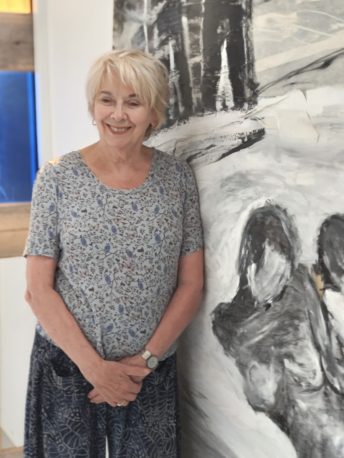
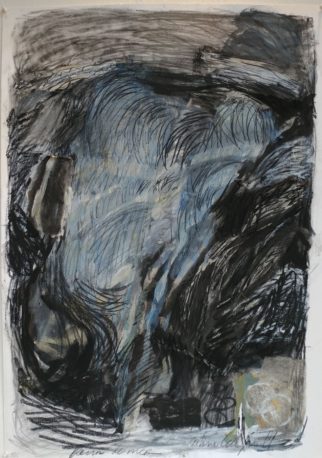
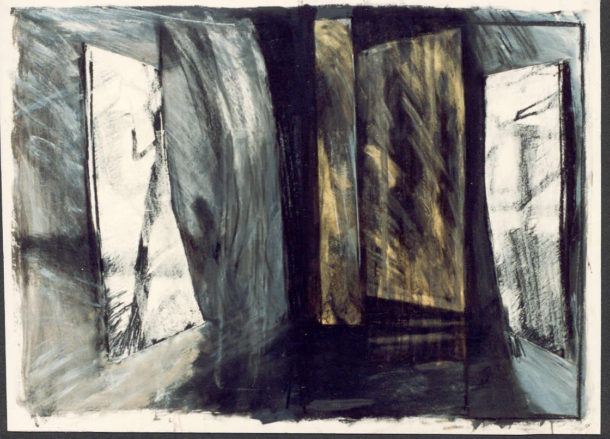
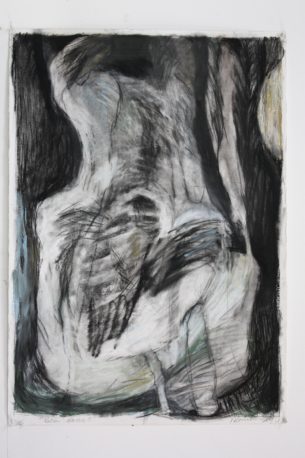
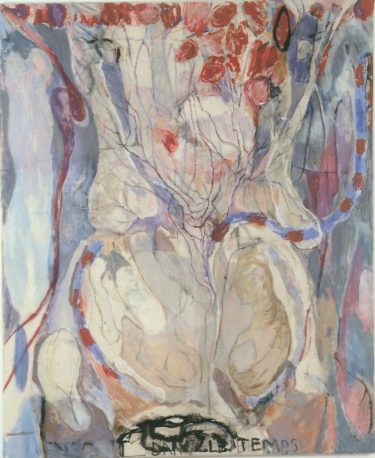

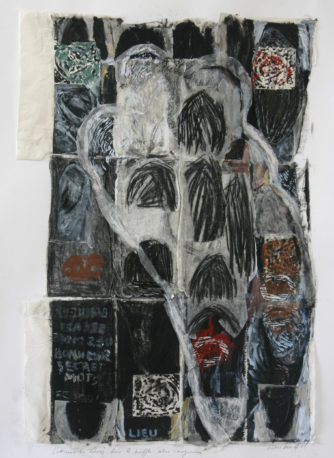
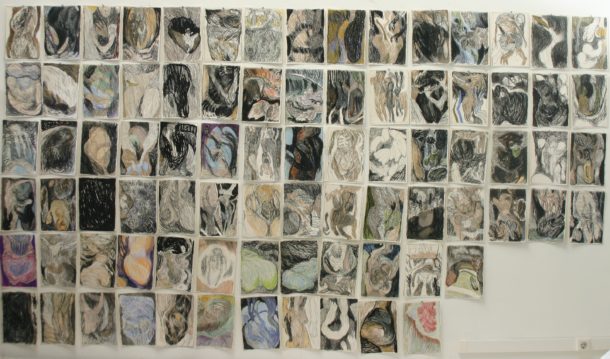
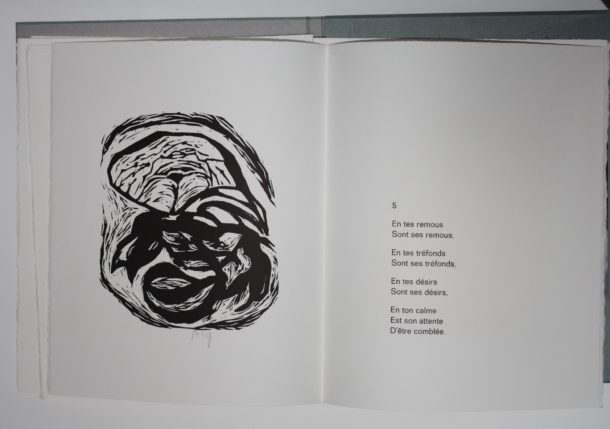
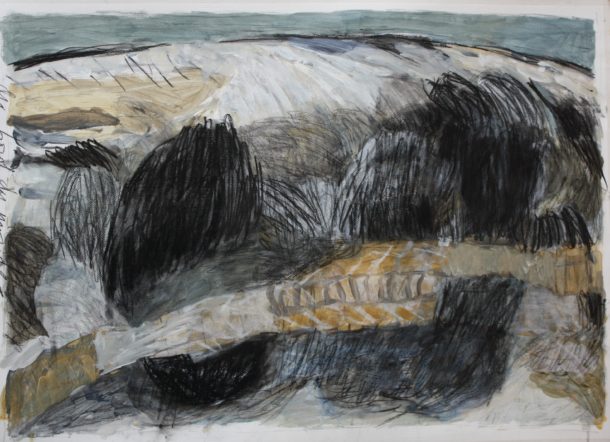














The opinions expressed by individual commentators and contributors do not necessarily constitute this website's position on the particular topic.